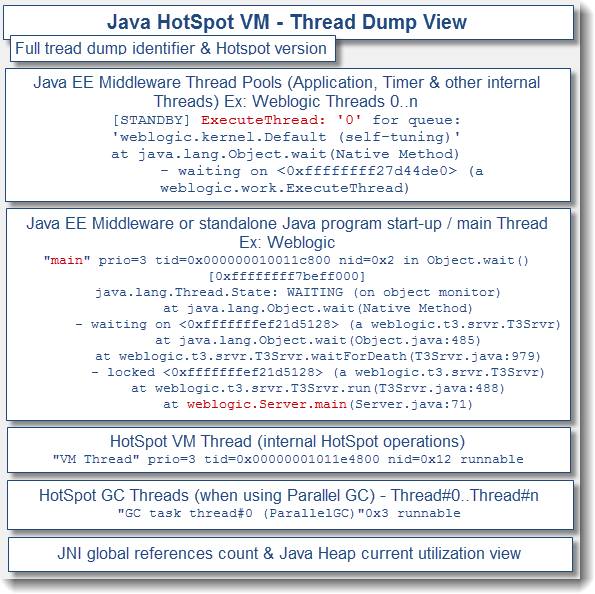Real estate pros find hope hot spots for 2012
Post on: 14 Октябрь, 2015 No Comment

Real estate agent Sheila Power stands at the door as she holds an open house at a home for sale in Silver Spring, Maryland, May 23, 2010.
Analysis & Opinion
n>(Reuters) — This new year might be the one in which the housing market starts to strengthen, according to the 2012 predictions of several housing industry observers and experts.
Jed Kolko, chief economist at Trulia.com, a real estate search and research website, says he sees rising rents, a humble recovery in housing prices and even some unexpected hot spots where he thinks price increases will exceed the average this year.
Smart cities are hot, he said in his annual forecast, highlighting Austin, Houston, San Jose, Boston and Rochester, New York, as cities where home prices can be expected to see modest to healthy increases.
Rochester might seem a surprising addition, since the city lost many jobs when the photography colossus Kodak thinned its ranks. Seems things are rebounding; In Rochester, a center of high-skill manufacturing industries, education levels are well above the national average, Kolko wrote. As the recovery proceeds, smart cities are leading the way.
Kolko told Reuters his predictions are based on 14 months of U.S. job gains and the assumption that there’s no big crisis in 2012.
He also sees shrinking mortgage delinquencies in 2012, though foreclosures will rise as old delinquencies exit the paperwork pipeline.
Increasing demand for rental properties should mean higher rents, he added, but should also spark new construction to keep up with demand.
Mortgage rates should rise a bit, too, said Kolko; calling that a sign of economic strengthening. Higher rates for a reason we can cheer, he said.
I would double-down on (Kolko’s) statement on rentals, said Rich Arzaga, founder and CEO of Cornerstone Wealth Management in San Ramon, California and an adjunct professor in personal finance at the University of California at Berkeley. This was going to happen even without foreclosures. If you look at the statistics on homeownership, it shows that people are buying homes later in life, and that the echo boomers will drive rentals for a longer period of time.
Jeffrey Rogers, president of Integra Realty Resources, a New York-based real estate valuation and consulting firm, also agreed with Kolko’s assessment of the rental market: Multifamily units — that is, building with five or more units — are one of the property types that still received funding for new projects throughout the downturn.
That’s because builders are responding to the pressures created by the continual shortage of rental properties.
SMART CITIES
When it comes to smart cities, real estate expert Dolores Conway, a professor of real estate economics and statistics at the University of Rochester, picked many of the same areas as Kolko.
In the case of Rochester, she said growth within that city’s healthcare sector has helped stabilize its housing market, and her enthusiasm for Texas cities echoes his. (The bloom’s not off the yellow rose of Texas, Kolko wrote in his Trulia blog dated December 21.)
The optimism of housing pros for 2012 follows a fairly grim 2011. The Case-Schiller Index released at year end showed home prices for October dropped again in 19 out of 20 cities covered by the index. (The 20-city composite is down 3.4 percent compared to October 2010.)
And the happy outlook isn’t without its hedge. Construction and housing recoveries could be derailed by more bad news on a global scale, more nasty bickering in Washington over the debt ceiling, or another epic banking scandal.
If the euro zone really starts to come apart, then the dark horse could be another financial crisis there, Kolko said. Even though it would be in Europe, it could cause lending to seize up, just as it did in 2008.
Even if world leaders, federal lawmakers and the bankers all behave in 2012, Kolko cautioned everyone not to even think about dusting off the Happy Housing Punchbowl, last used to party sometime before mid-2008.
This doesn’t mean we’re getting back to normal, because we’re still along long way from normal levels on sales, inventories and foreclosures, he said. Even with a great 2012, we won’t be back to normal at the end of 2012.
Conway concurred, putting it in terms of the graph curves housing market watchers study so intently.
Is it a U-shaped recovery? It’s definitely not V-shaped. Maybe it’s L-shaped, where it just hits bottom and stays there, she says. I call it a ‘Nike swoosh recovery,’ where goes down fast and then goes up very gradually. And it’s going to take time to get where we were before. Years.
The author is a Reuters contributor. The opinions expressed are his own.
(Editing by Beth Pinsker Gladstone and Chelsea Emery )
(beth.gladstone@thomsonreuters.com; +1 646 223 7289))














